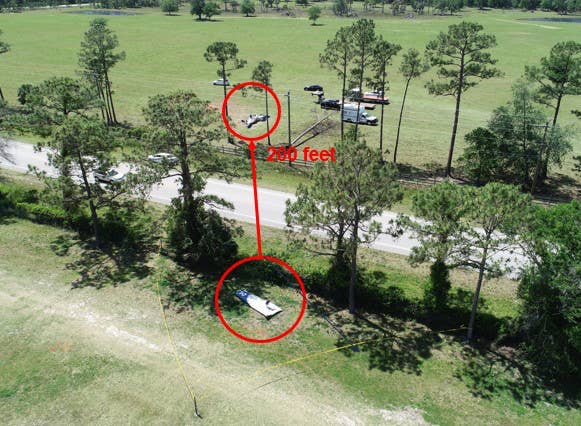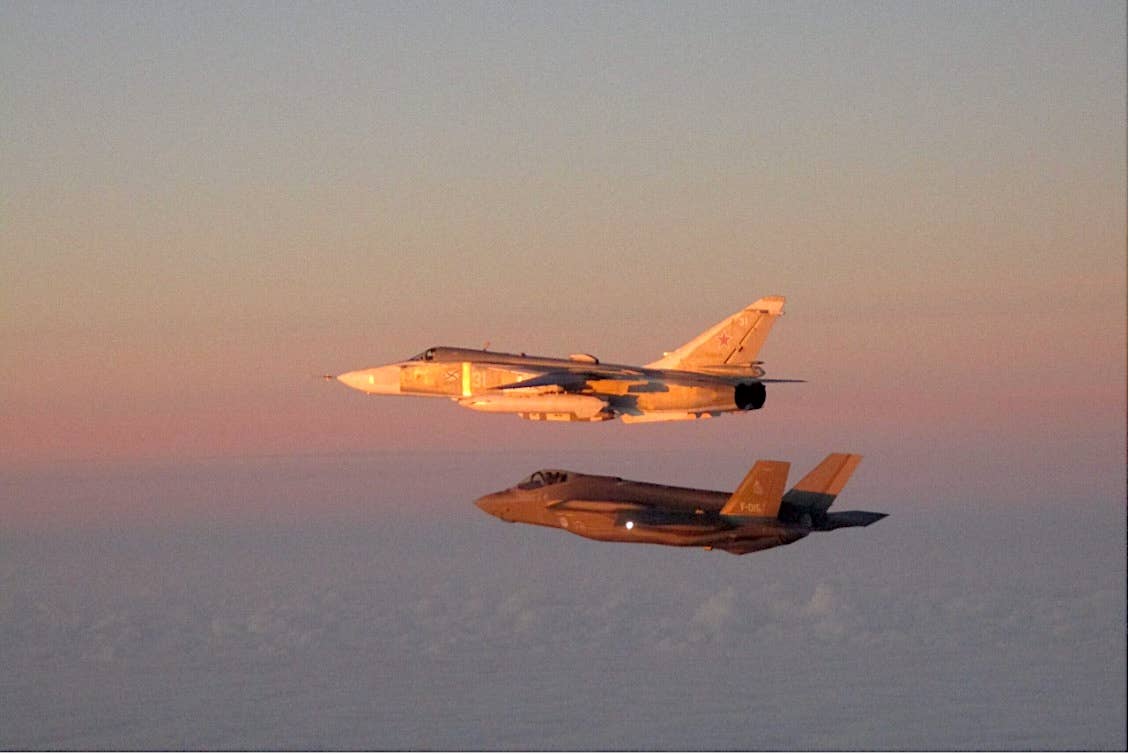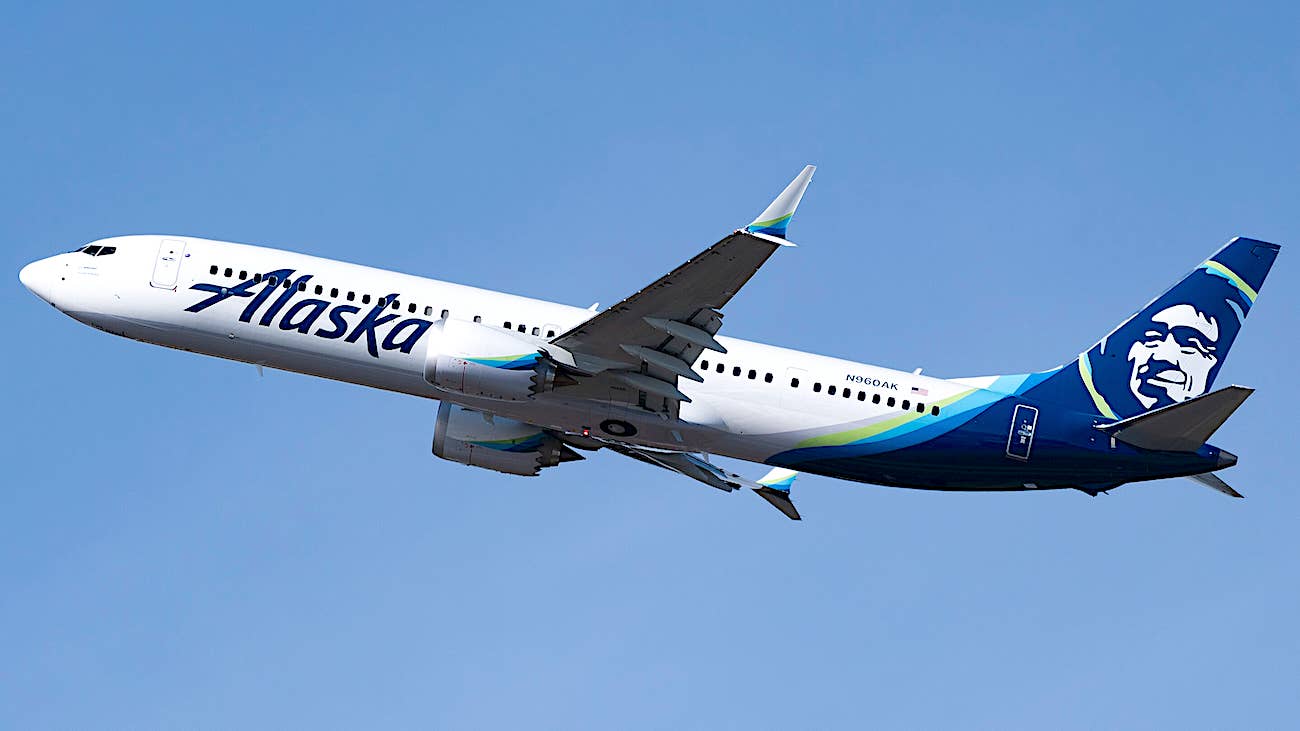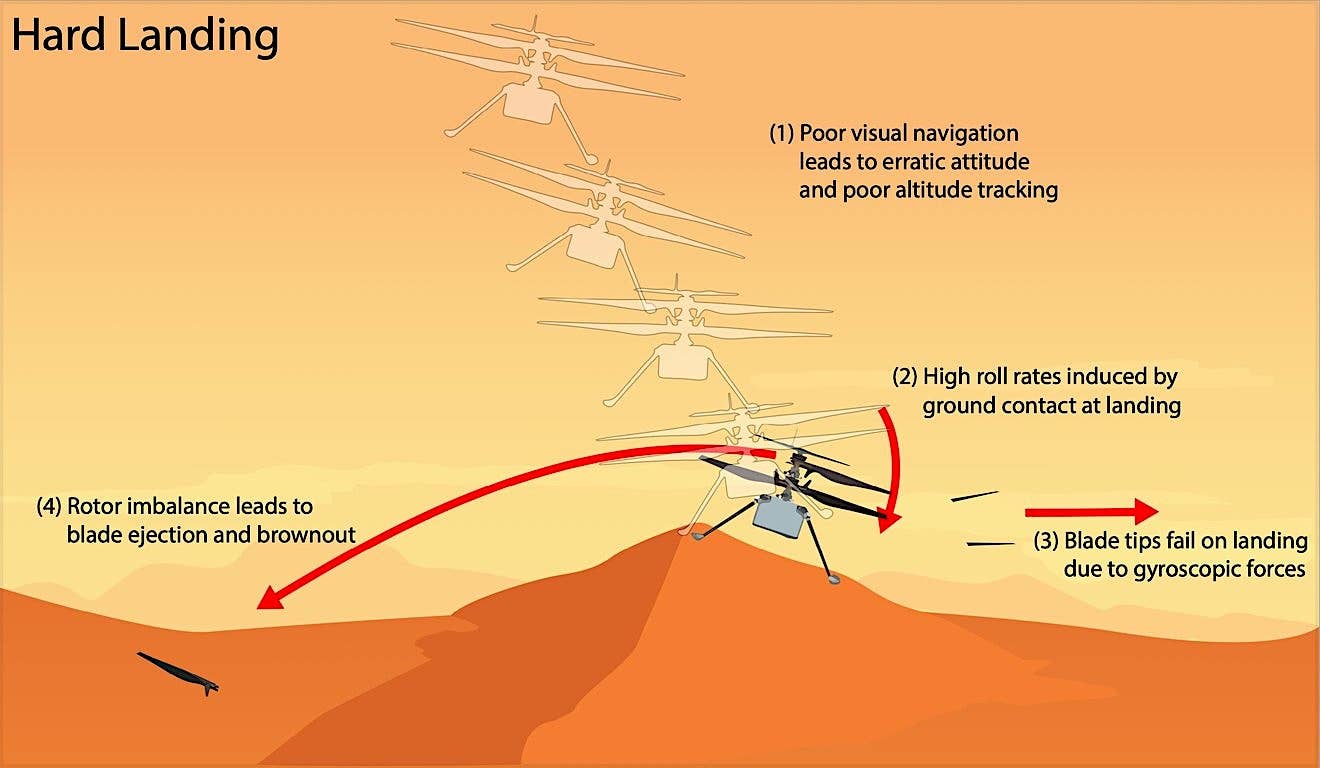FAA Proposes Changes To Cherokee Spar AD
The FAA is proposing fine tuning a massive proposed AD on Piper Cherokee wing spars and removing more than a third of the aircraft originally covered. It’s also added a…

The FAA is proposing fine tuning a massive proposed AD on Piper Cherokee wing spars and removing more than a third of the aircraft originally covered. It’s also added a few models but the net reduction is 8,800 airframes from the original list of more than 20,000. The five aircraft removed from the list are the PA-28-140, PA-28-150, PA-28-160, PA-28-161 and PA-28-180. The models added include the PA-32R-300, PA-32RT-300 and PA-32RT-300T. The proposed AD was sparked by the crash of an Embry-Riddle Piper Arrow PA-28R-201B, which lost a wing on a commercial checkride in 2018, killing the applicant and examiner.
The original Notice of Proposed Rulemaking (NPRM) used the broad-brush approach and covered Cherokees with the same wing design of the crash aircraft, notably an area of the main spar subject to cracking that isn’t visible without tearing apart the wing. The Supplemental Notice of Proposed Rulemaking (SNPRM) applies a risk-based approach that considers service history and wing loading. The applicability list includes models that have similar or greater wing loading than the crash airplane and the service records are also reviewed (by counting the number of 100-hour inspections) to identify higher-risk aircraft that have been used, for example, as training aircraft.
Aircraft on the revised list with 5,000 hours or more, those that have missing or incomplete service records and those that have had spars replaced with used spars will get their records reviewed to determine whether the type of service the aircraft has seen warrants the complex inspection, which includes eddy current testing of the hidden spar area. Only aircraft with 5,000 or more “factored service hours,” hours which include high-cycle numbers and other hard use, will be inspected so that means that many aircraft with much higher time will not need the inspection.






